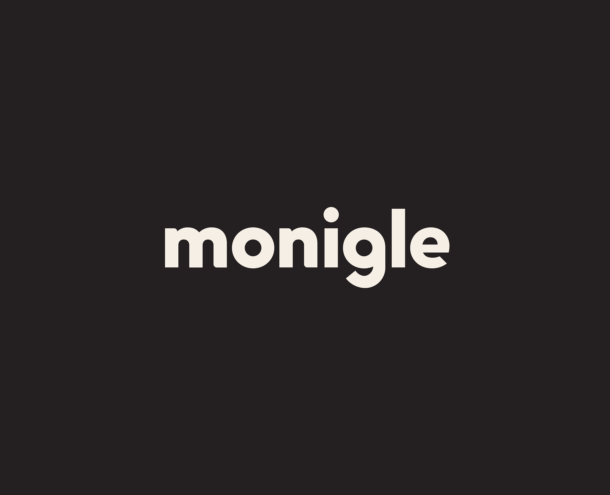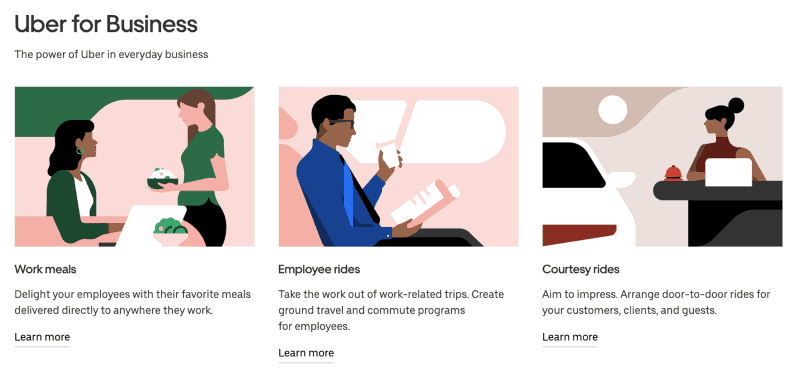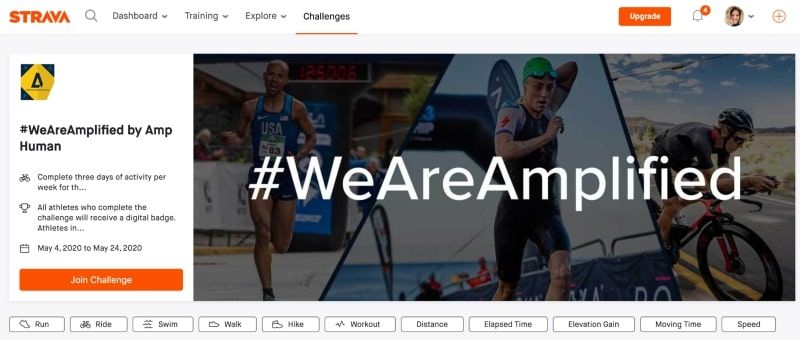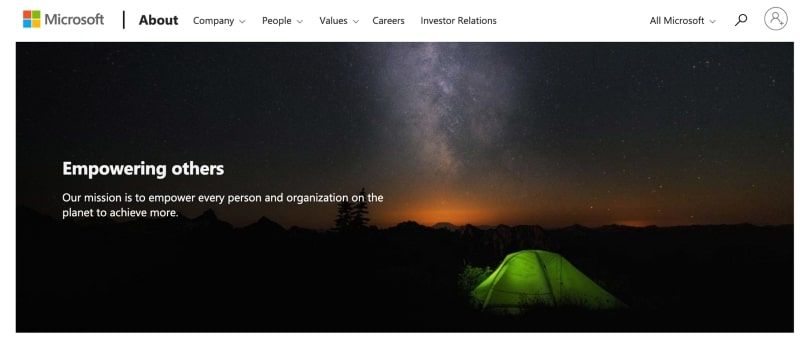Humanizing your Brand: A Guidebook

Today, as many of us still sit inside our homes, waiting for what’s next, it’s turning our point of view inward. Of course, society – as a whole, matters. But society and its progress start with individual actions. Our biggest coping mechanism in this immense uncertainty is to focus on what we can accomplish, or control, as individuals. What if we apply that thinking to the brands we manage? What if we challenge ourselves to make the brands we represent better, and more human? Humanizing your brand can be a pivotal change that your company needs.
It starts with our behavior as brand leaders.
We believe there is a shift from brands looking to influence society with a greater purpose, to instead, empowering more meaningful interactions with individuals. Those interactions can then grow to influence communities, and ultimately, society.
Learn More: Guiding Principles for Creating a Human Brand
In our annual in-depth insights report, Humanizing Brand Experiences study, in which we interviewed over 20,000 consumers, we asked respondents to rank various industries in terms of their level of humanity and to share which brands they perceive as acting most human.
Here, we’ll outline our learnings with specific and actionable tips and examples to help you implement more human behaviors for your brand.
7 Specific Behaviors to Make Your Brand More Human:
1. Be Empathetic to the Current Environment
Humanizing your brand can be accomplished by understanding human needs, human stressors, and human schedules. Humans are there for each other, when you need them, and can show flexibility, consumer autonomy, and more. While we are in a very unique time right now, this is not specific only to this time – this is a note to take considerations of where your consumers are at all times.
Empathetic Tips:
- Update offers, services, and products to support self-scheduling.
- Explore how the user can have more control of the experience – when it starts, finishes, and how they can save progress.
- Be available when your customers are most likely to need you – in the evenings and on weekends, for example.
Empathetic Example:
Organizations like Deloitte and NN Group are exploring how they build brand support services into teams, allowing anyone to better update communications, proposition development, service support etc. with the most updated brand voice, tone, and imagery. Being on our customers’ schedules means building brand into the natural workflow of the organization.
2. Adopt a Daily “What Can I Do?” Mindset
Have you ever discovered that a brand has solved a problem you previously thought un-solvable? You’ve learned to live with something and gotten used to the compromises, when one day, *poof*, a brand makes you want to hug them by erasing one of life’s minute (or major) frustrations? Who doesn’t want to be that brand?
“What Can I Do” Tips:
- If you’re a brand leader/manager looking to adopt this mindset, spend 15 minutes a week identifying and writing down a couple needs you know your brand could solve.
- Refine your list by referencing historical customer complaints, suggestions, or requests.
- Pick one impactful problem to solve and spend a little time everyday exploring how it could be solved by the broader organization.
“What Can I Do” Example:
Hailing a taxi is inconvenient and unpredictable, especially outside of Manhattan. How do you know when one will drive by? How much will it cost? How long will the ride take? Along came Uber, allowing you to seamlessly secure a ride, complete with an estimated fare and trip time. But Uber didn’t stop there. Need a larger vehicle, a luxury vehicle, or want to cut costs by sharing your ride? Want to schedule your ride for tomorrow’s early flight? Want Uber to bring you food when you don’t want to, or can’t, drive? Done, done, and done.

Uber has expanded their services to include much more than taxi-like rides. Source: Uber.com
Relatable, welcomed, and appreciated brands like Uber don’t just happen. They must ground themselves in their customer wants and needs and set about solving for them – regularly. It’s not about one, massive innovation – it’s about constantly optimizing your product or service to improve the customer experience.
3. Allow No Excuses
Just as no person is perfect, no brand is perfect either. Mistakes are bound to happen. Products get lost in the mail. The system glitches. Plans change. But the most human brands, the ones customers love and return to again and again, set themselves apart with their response to mistakes. They right the wrongs, whether or not the brand is at fault. They respond to human or brand mistakes with solutions, not excuses.
No Excuses Tips:
- Empower every employee to “prove it” to the customer.
- Run a ‘No excuses workshop’ to map all the moments the brand can earn the customer’s trust by “righting wrongs” in our journey.
- Allocate budget for extenuating circumstances.
- Empower customer service representatives to quickly make their own decisions.
No Excuses Example:
One of my favorite brands, Rent the Runway, constantly reinforces this principle. Their business model depends on the trust of their customers—trust in product reviews, trust in delivery timing, and trust in the quality of an item being relied upon for a special occasion. Now say the person renting a dress before you sends it back late, or damaged. Rent the Runways (RTR), understanding the importance of timing in their service, will immediately contact you to select an alternate dress that can get to you on time, in pristine condition. Say the dresses you’ve selected arrive on time, but you just don’t like them. RTR will come to your rescue with a last-minute alternate. They don’t blame their customers, or point to fine print, they simply make it work.
Learn More: Humanizing Brands, Moving People
4. Be a Matchmaker
Humans crave human connection (go figure). We’re attracted to others, we get a natural high off of making new friends, and we like finding people we have something in common with. Brands who are willing to step into the background in order to connect their customers can differentiate themselves from others and ultimately win in the connection space.
Matchmaker Tips:
- Provide the platform. Make it easy for users to gather together (physically or virtually) and form relationships.
- Focus on what users have in common. Instead of trying to collect tons of extraneous information about users, keep the niche interest front and center.
- Keep them inspired. Use regular prompts, challenges, events, or ideas to increase engagement and strengthen connections.
- Examine (and use) your data. Take a look at existing customers to identify communities that may already exist within your ecosystem. How can you activate those people?
Matchmaker Example:
Sure, Strava helps you track your runs, rewards you for reaching new milestones, and gives you inspirational challenges. Strava also connects you with other runners by sharing anonymized data, connecting you with runners in your area, creating group challenges and tasks, and encouraging you to give “kudos” to others. By connecting people together with common interests, Strava was able to humanize their brand and make an app truly feel like a community.

Strava hosts countless challenges to connect users with friends or anonymous fellow athletes. Source: Strava.com
5. Earn the Business, Every Time.
The most successful salespeople make every customer feel like a VIP. Regardless of account size, lead time, or growth potential, they bring their best foot forward in every interaction. Brands need to adopt this same kind of behavior. Especially in a time of such immense change, when consumers will be re-evaluating so many purchase decisions, brands cannot rely on habit to bring them future success and should focus on constantly nurturing the relationships with each consumer.
Earn the Business Tips:
- Define your guarantee. What can you promise with 100% certainty to your customers?
- Approach every customer interaction as if it could be your last.
Earn the Business Example:
One tangible example of this principle is a satisfaction guarantee. What better way to say we commit to consistent excellence? Costco embodies this thinking with their membership program. While you must purchase a membership to shop at Costco, they will refund your membership fee (in full!) at any time, if you are dissatisfied. Other brands who offer lifetime or satisfaction guarantees send the same clear message: we stand by our offering, and we’re committed to providing the best experience every time. These simple acts are easy ways your company can humanize your brand.
6. Embrace Human Tendencies
We hypothesize that many brands will aim to be “more human” in the coming months, but many will likely be under-equipped to actually deliver on that promise. They’ll want to empathize, to relate, to prove that we really are “all in this together.” How can brands actually pull this off? Because we hate to break it to brands, but 90-second manifesto videos aren’t going to cut it. Human tendencies include a lot of change, emotion, reaction, and consistent behavioral follow-through.
Embrace Tips:
- Adapt your voice and tone based on audience and channel. Humans talk differently when their chatting with an old friend over text, sending an email at work, or sharing an update in an Instagram story. Brands’ communications and channel mix should similarly reflect these nuances.
- Beyond language, authentically reflect and respond to what’s happening around you. This could mean updating your messaging, evolving your offering, or simply commenting on current events. Especially now, if brands fail to acknowledge something the population at large is experiencing, they seem out-of-touch and hyper-corporate.
Embrace Example:
One of our clients, Microsoft, has a brand value of being human. They define it as “no robot speak.” No jargon, no overcomplication. We love this value. If brands want to be human, they need to talk like humans do. Get to the point, share your personality, and don’t take too long.

Microsoft’s mission is short, simple, and human. Source: Microsoft.com
7. Let Money Talk
Finally, we believe brands need to embrace the fact that money does matter. Even if brands do and say all the things we’ve recommended here, but they don’t deliver honest value, it’s for nothing. Humans are motivated and rewarded by money and use it in a myriad of ways to reach their goals. Especially in a time when at least half of American households have lost hours or jobs because of the coronavirus,[i] you can be sure they’ll be evaluating how brands spend their dollars, and be sure they feel good they are spending their dollars in the right places, with the right brands. Evaluating how your brand is contributing not only to delivering consumer value, but also giving back to the community in an authentic way, will be key to coming out of this delivering on consumer expectations of a human brand.
Let Money Talk Tips:
- Deliver your best offer, first.
- Prove your values with your corporate spending.
Let Money Talk Example:
Thankfully, we are in no short supply of brands using their profits for good in 2020. From Booz Allen promising $100 million to Employees through July (in early April, no less), to Netflix developing a $100 million fund to ease hardship in the creative community, to PepsiCo donating and distributing more than 50 million meals to at-risk populations – these brands are using their financial power in a human way when it is needed most.
Looking for a partner to help with any of these ideas? Are there ideas core to human brands that you feel we may have missed? We live for humanizing brands and moving people. Let us know your thoughts here.
[i] NPR, PBS, News Hour, Marist Poll, April 2020


